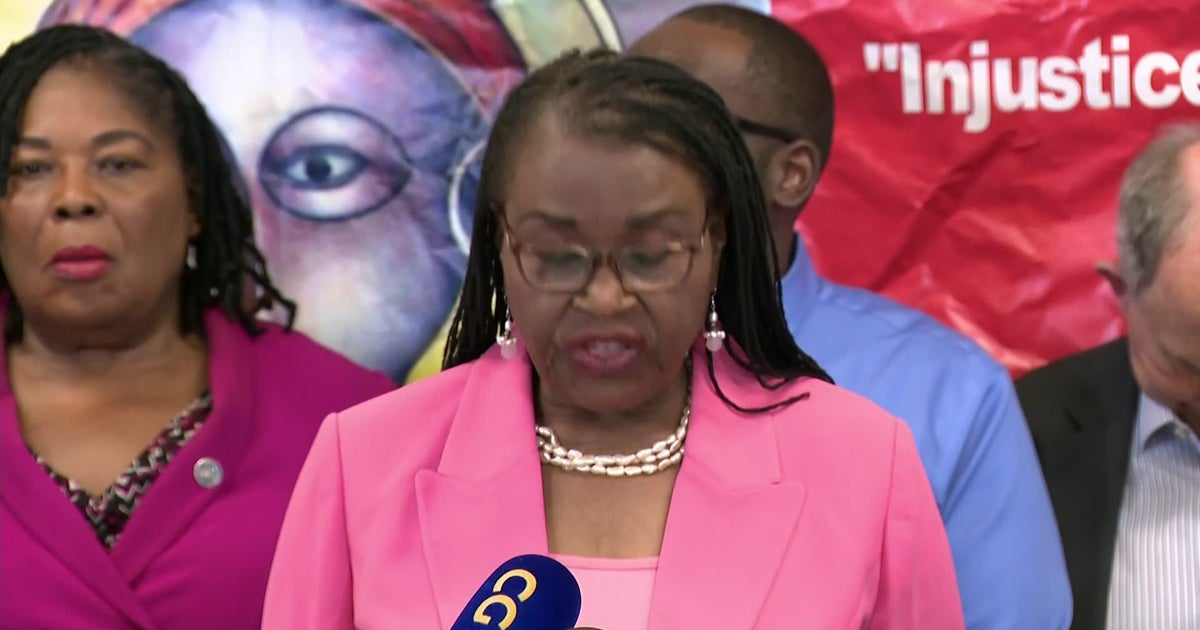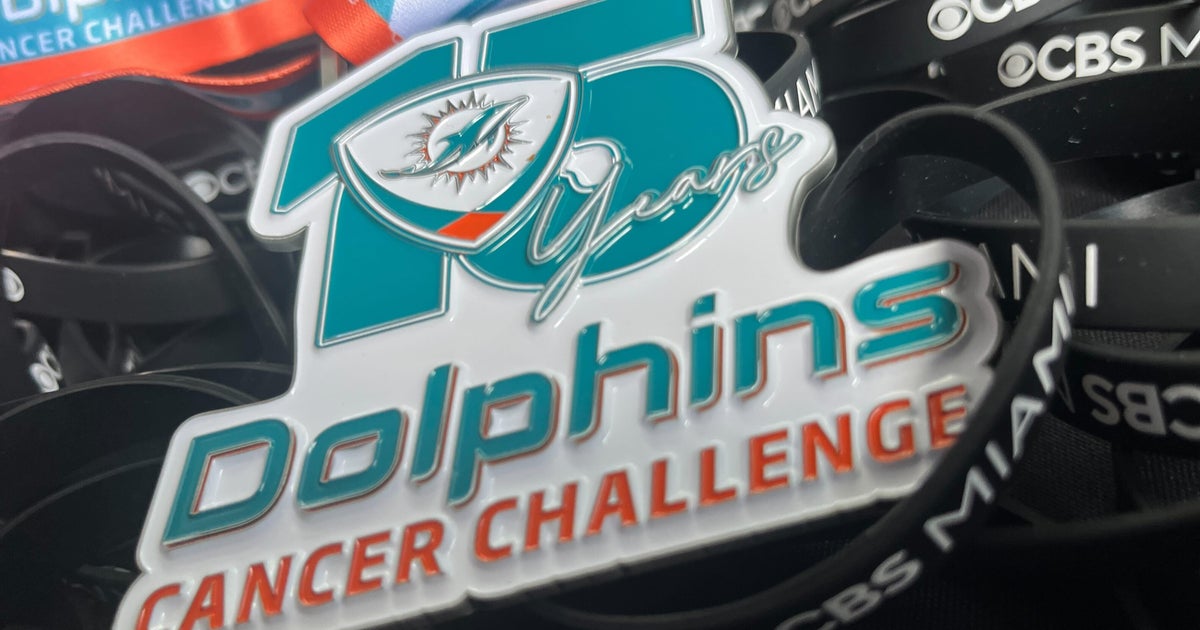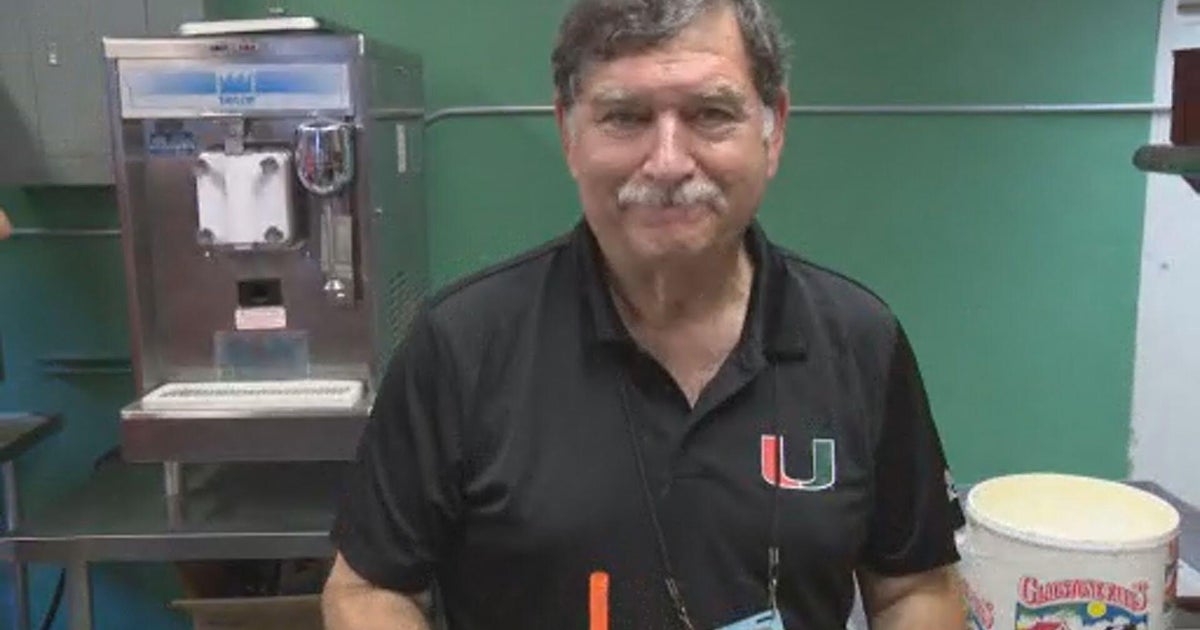FPL Turkey Point cooling canals are helping the American crocodile population thrive
MIAMI - Decades of widespread hunting and habitat destruction took a toll on American crocodiles in the U.S., but now Florida is seeing their numbers come back.
Florida Power and Light's man-made canals in South Miami are part of what's helping the crocs feel at home again
Females American crocodiles typically lay their eggs in April and May, they'll hatch in August.
During the summer, biologist Mike Lloret and his team, hired by FPL, take care of the hatchlings to ensure their survival.
Not to be confused with alligators, distinguished by a different snout and teeth, the American crocodile has made a remarkable turnaround. Declared endangered in the 1970s when their numbers dwindled to just a few hundred, the population in Florida is now more than two thousand and growing.
FPL spokesman Bill Orlove said the company dug out a network of canals to cool the Turkey Point nuclear generating station, creating long, thin elevated berms.
"This property is 11,000 acres with 168 linear miles of cooling canals," he said.
The crocs moved there to lay their eggs as warmer temperatures and development destroyed their habitat elsewhere.
"It's a sanctuary for them, it's safe here. We have one of the most concentrated nesting areas in Florida and the United States," said Lloret.
Turkey Point and the surrounding area are one of only three major habitats for the American Crocodile in the U.S. The other two are Everglades National Park and Crocodile Lake National Wildlife Refuge in Key Largo.
Forty years into the program, the American crocodile has found a place to thrive. Biologists say in 2021 the FPL program had its largest number of hatchlings, tagging more than 500 baby crocs. This year is also looking promising.




